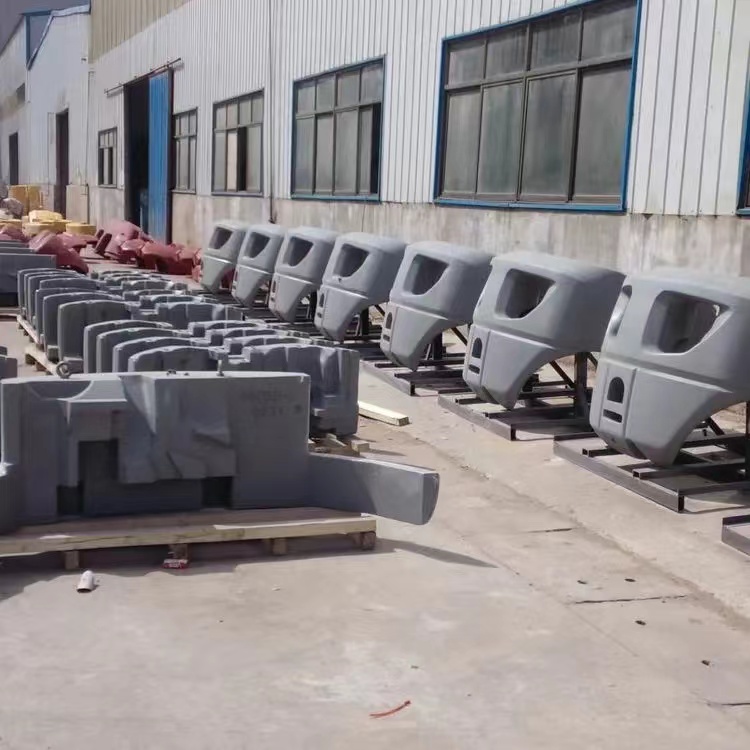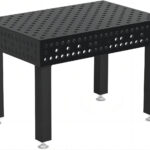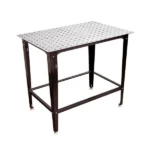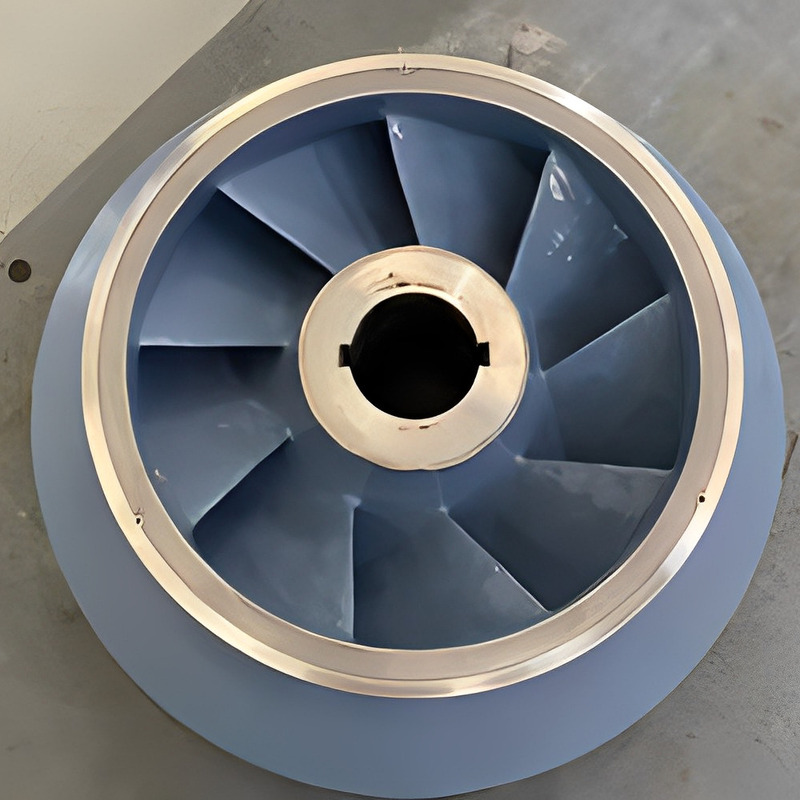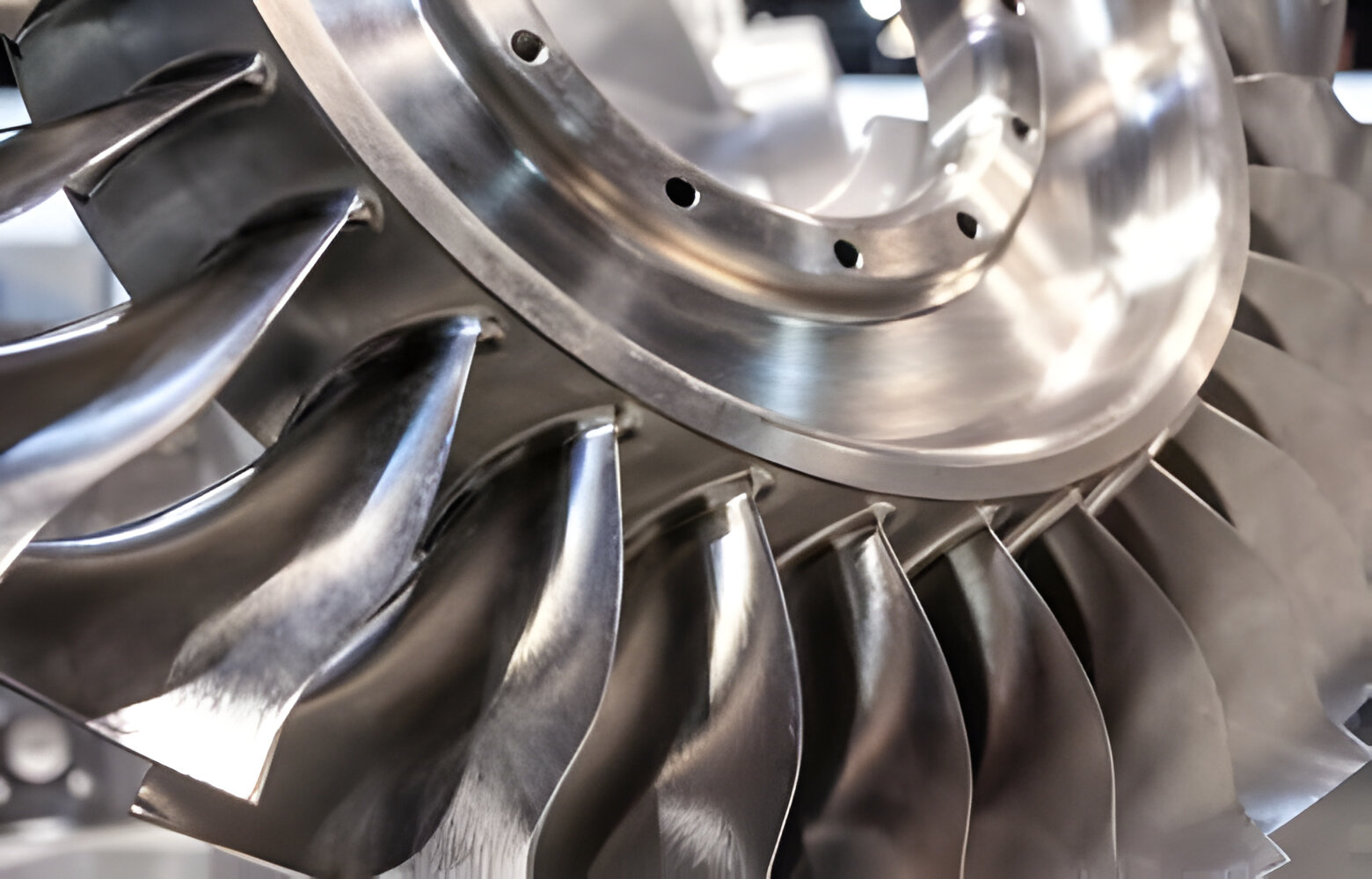In the realm of heavy machinery, the forklift and excavator stand out as essential workhorses, aiding in the seamless movement of goods and earth alike. Behind their functionality lies a crucial component: the counterweight. Ever wondered what these counterweights are made of and how they contribute to the efficiency and safety of these machines? Let's delve into the core of this topic and uncover the answers.
Forklift Counterweight: At the heart of every forklift lies a well-designed counterweight, a vital element for maintaining stability and balance. These counterweights come in various shapes and sizes, depending on the forklift's load capacity and intended application.
One common material used in forklift counterweights is cast iron. Renowned for its durability and high density, cast iron provides the necessary weight to counterbalance the forklift's lifting mechanism and load. Additionally, cast iron possesses excellent vibration dampening properties, reducing noise and enhancing operator comfort during operation.
Another material gaining prominence in forklift counterweight construction is steel. Steel counterweights offer comparable strength to cast iron while being more lightweight, allowing for greater maneuverability without compromising stability. Additionally, steel's versatility enables manufacturers to tailor counterweights to specific forklift models and applications with precision.
Excavator Counterweight: Similar to forklifts, excavators rely on counterweights to maintain stability and prevent tipping during operation. These heavy machines often encounter uneven terrain and hefty loads, necessitating robust counterweight solutions to ensure safety and efficiency.
One prevalent material used in excavator counterweights is concrete. Reinforced with steel bars or fibers, concrete counterweights provide exceptional mass while offering the flexibility to be molded into various shapes to fit different excavator configurations. Moreover, concrete's affordability makes it an attractive choice for manufacturers seeking cost-effective counterweight solutions without compromising performance.
In addition to concrete, manufacturers also utilize steel in excavator counterweight construction. Steel counterweights offer superior strength-to-weight ratio compared to concrete, enabling excavators to achieve optimal balance while minimizing overall machine weight. This translates to improved fuel efficiency and maneuverability, contributing to enhanced productivity on the job site.
Hydraulic Excavator Counterweight: Hydraulic excavators, equipped with powerful hydraulic systems, require additional counterweight to offset the weight of attachments and maintain stability during operation. These additional counterweights are strategically positioned to optimize balance and ensure safe operation in various working conditions.
One innovative approach to hydraulic excavator counterweight design involves utilizing high-density materials such as tungsten or lead. Tungsten counterweights offer unparalleled density, allowing for compact designs that maximize weight distribution without adding excessive bulk to the machine. Similarly, lead counterweights provide exceptional mass while being malleable enough to conform to the excavator's contours, ensuring seamless integration without compromising aesthetics.
Conclusion: In conclusion, the counterweight serves as a cornerstone of stability and safety in forklifts and excavators alike. Whether crafted from cast iron, steel, concrete, or specialized materials like tungsten and lead, these counterweights play a pivotal role in optimizing machine performance and operator comfort. As technology advances and demands for efficiency grow, the evolution of counterweight design continues to drive innovation in the heavy machinery industry.
Explore our range of premium counterweight solutions at KT Foundry and discover how our expertise and craftsmanship can elevate your forklift and excavator performance to new heights. Contact us today to discuss your specific requirements and experience the difference firsthand.

